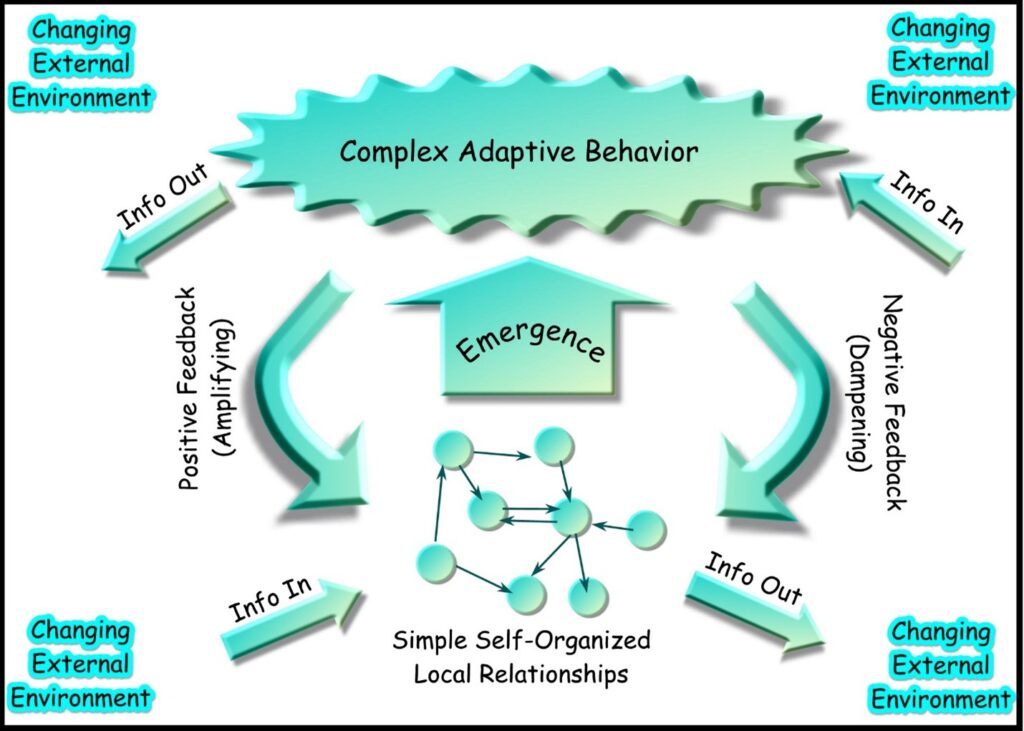
A clear series of steps will be taken that slowly and sometimes quickly move the patient toward being released from the hospital after the passage of several days. Thus, the hospital engagement aligns well with a complicated realm. We may have some level of disagreement between doctors and administrators or nurses about the best course of action. We have ways to resolve these disagreements through meetings and rules of engagement that allow us to proceed in a serial fashion toward the inevitable discharge from the hospital. The patient’s course may wax-and-wane, yet it is inevitable that the patient will leave the hospital at some point—at which time decisions must be made again about where and how the patient will leave.
Once the patient leaves the hospital, ironically, things become more complex as now the primary agent, the patient, is much more engaged in the process and family, social, housing, follow-up and many other factors come into play. In this complex realm of uncertainty, more disagreements can arise—the patient’s sister may have strong beliefs that she would not share in the more controlled hospital environment. The patient’s car may breakdown, so getting to follow-up visits becomes challenging. The ambulatory setting of clinics and urgent care interface with patients impacted by more complexity, uncertainty, and disagreement which can degenerate into anarchy without the wisdom, guidance, and support from a whole team of people working collaboratively together. Thus, in the realm of complexity, teamwork becomes central to success and computer-AI can be a member of the team, yet not replace the team.
Self-Organization, Feedback, and Emergence
Complex Adaptive Systems are systems with several inter-dependent subunits and dynamics that often defy linear, causal descriptions and predictions. They are more ecological than rational, making them challenging to fully grasp. In the following diagram, we can begin to picture the vast interplay of a small collection of related agents—called simple, self-organized local relationships—with the changing external environment, influenced by negative and positive feedback leading to emergent phenomena that ultimately shift toward adaptive behaviors. Those adaptive behaviors then begin to alter feedback loops (negative and positive) in ways that impact local self-organized relationships and new emergent phenomena appear and the cycle continues.
Diagram: The Wiki and the Blog: Toward a Complex Adaptive Intelligence Community D. Calvin Andrus, Ph.D. Office of Application Services Central Intelligence Agency Washington, DC 20505 calvina@ucia.gov








